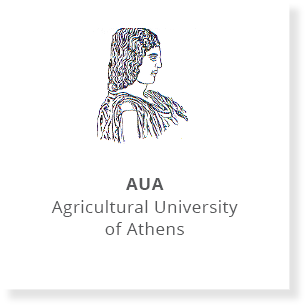


UV-Vis spectroscopic measurements consist one of the most widely used methods for protein quantification. This is due to the fact that the tryptophan and tyrosine (and to a lesser extent the phenylalanine) residues of proteins strongly absorb at 280 nm. Hence, the corresponding absorbance is used for the calculation of protein concentration, based on specific quantification formulas. If the protein sample does not have tryptophan or tyrosine, the concentration can still be easily measured by the absorption at 205 nm in which the peptide bonds are analysed directly (Scopes method). Conformational studies can also be performed under special conditions.

